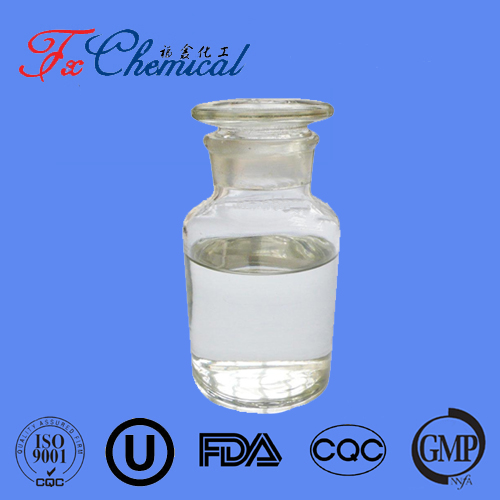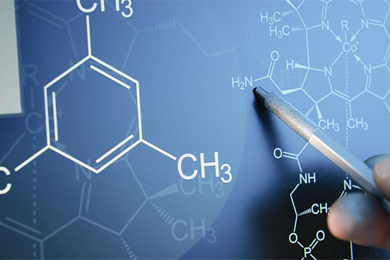
Search

Search

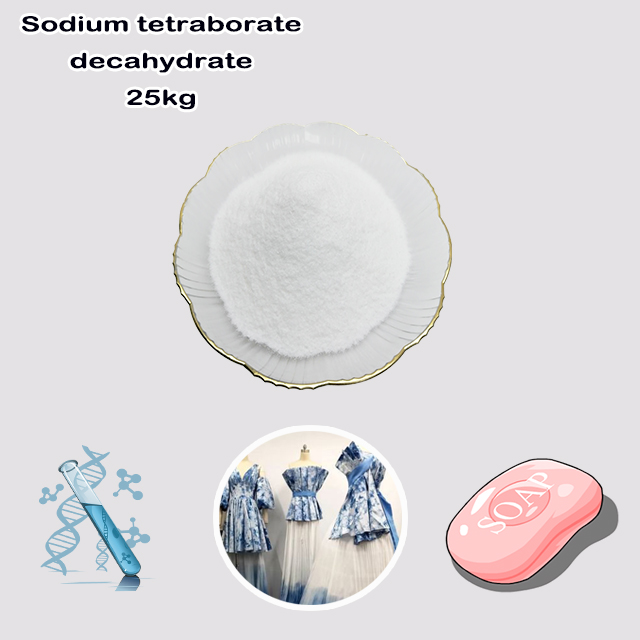


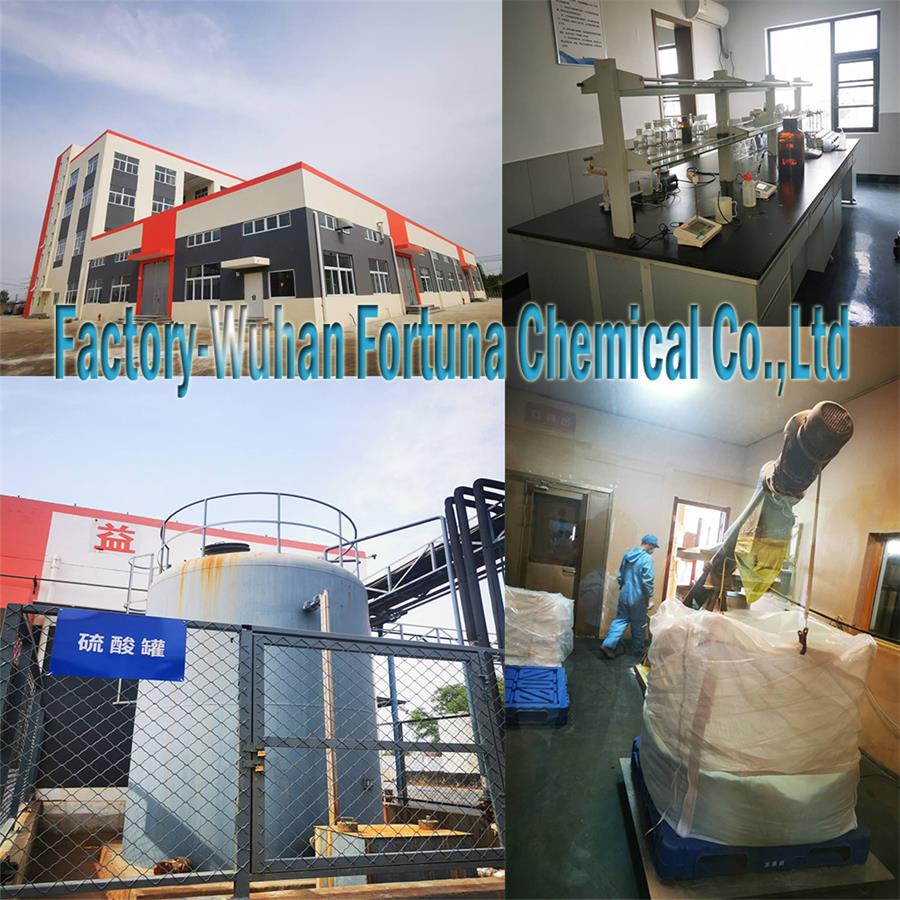






Sodium tetraborate decahydrate (Na₂B₄O₇·10H₂O), commonly called borax, is a colorless, water-soluble inorganic compound found naturally as the mineral tincal. It has mild alkalinity and surfactant properties, used widely in household cleaning (detergent booster, stain remover), industrial glass/ceramic production, laboratory borate buffers, and agriculture (boron-rich fertilizer/fungicide). While low-toxic in dilute use, it can irritate skin/eyes and is harmful if ingested (especially to children/pets), requiring careful handling.
Items | Specifications | Results |
Appearance | A white,crystalline powder. | Conform |
Clarity test | Qualified | Qualified |
infrared spectroscopy | Conform to the structure | Conform to the structure |
Cl ω/% | ≤0.002 | <0.002 |
Ca ω/% | ≤0.005 | <0.005 |
Cu ω/% | ≤0.001 | <0.001 |
Fe ω/% | ≤0.000 3 | <0.000 3 |
insoluble matter in hydrochloric acid ω/% | ≤0.005 | <0.005 |
Assay(Na2B4O7 ·10H2O), ω/% | 99.5-100 | 99.7 |
Conclusion | The product conforms to the above specifications. | |
Sodium tetraborate decahydrate (chemical formula: Na₂B₄O₇·10H₂O) is a naturally occurring inorganic compound, most commonly known as borax (or "borax powder"). It is a hydrated form of sodium tetraborate, containing 10 water molecules per unit of the anhydrous salt. Below is a comprehensive breakdown of its key properties, uses, chemistry, and safety considerations:
It consists of sodium cations (Na⁺), tetraborate anions (B₄O₇²⁻), and 10 crystallized water molecules (the "decahydrate" suffix indicates 10 H₂O).
When heated, it loses water of crystallization: at ~100°C, it forms sodium tetraborate pentahydrate (Na₂B₄O₇·5H₂O); at ~320°C, it becomes anhydrous sodium tetraborate (Na₂B₄O₇); and at ~878°C, it melts to form borax glass (a transparent, amorphous solid).
Appearance: Colorless, odorless, monoclinic crystals or a white, crystalline powder.
Solubility: Moderately soluble in cold water (11.3 g/100 mL at 20°C) and highly soluble in hot water (99.5 g/100 mL at 100°C). It dissolves slowly in cold water but forms a clear, slightly alkaline solution (pH ~9.3, due to hydrolysis of the tetraborate ion).
Density: ~1.73 g/cm³ (crystalline form).
Natural Occurrence: Found in evaporite deposits (e.g., borate mines) in regions like California (USA), Turkey, and Argentina. It is often mined as the mineral tincal (crude borax).
Cleaning Agent: A natural, mild abrasive and detergent booster. It cuts through grease, softens water (by binding to calcium/magnesium ions), and removes stains (e.g., on fabrics, tiles, or dishes). Often used in homemade cleaners (e.g., with vinegar or baking soda).
Laundry Additive: Brightens whites, softens fabrics, and enhances the effectiveness of laundry detergents.
Pest Control: Acts as a natural insecticide against ants, cockroaches, and silverfish (it disrupts their exoskeletons and digestive systems).
Preservative: Used to preserve flowers (dries blooms while maintaining shape/color) and as a mild fungicide for plants.
Glass & Ceramics: A key ingredient in heat-resistant glass (e.g., Pyrex), borosilicate glass, and ceramic glazes (lowers melting points and improves durability).
Detergents & Soaps: Added to industrial cleaners, dish soaps, and laundry detergents as a water softener and surfactant.
Metallurgy: Used as a flux (cleans metal surfaces and removes impurities) in welding, soldering, and smelting.
Textiles: Treats fabrics to improve fire resistance, wrinkle resistance, and dye retention.
Cosmetics & Personal Care: Found in small amounts in products like toothpaste (mild abrasive), skin creams (pH adjuster), and bath salts (cleansing agent). Note: Restrictions apply in some regions due to safety concerns.
Buffer Solution: A component of the borate buffer system (e.g., with boric acid), used to maintain a stable pH (typically 8–10) in biochemical experiments, electrophoresis (e.g., DNA/protein separation), and titrations.
Reagent: Used to precipitate metal ions (e.g., nickel, cobalt) as borate salts, and in the detection of certain analytes (e.g., glucose via borate-complex formation).
Fertilizer Additive: Provides boron, an essential micronutrient for plants (supports cell wall formation, pollination, and nutrient uptake). Used in soils deficient in boron (e.g., for crops like cotton, tomatoes, and citrus).
Fungicide: Controls fungal diseases (e.g., powdery mildew) on plants when applied as a dilute solution.
Ingestion: Swallowing large amounts (e.g., grams) can cause nausea, vomiting, diarrhea, abdominal pain, and dehydration. Severe ingestion (especially in children or pets) may lead to electrolyte imbalances, kidney damage, or neurological symptoms (e.g., seizures). Keep out of reach of children and pets.
Skin & Eye Irritation: Prolonged contact with concentrated solutions or powder can cause dryness, redness, or dermatitis (especially in sensitive individuals). Contact with eyes may cause stinging, redness, or corneal irritation—rinse thoroughly with water if exposure occurs.
Inhalation: Inhaling fine dust can irritate the respiratory tract (coughing, sore throat). Use in well-ventilated areas.
Avoid Use on Broken Skin: Do not apply concentrated borax to cuts, burns, or irritated skin.
Restrictions in Cosmetics: The EU and some countries restrict borax in leave-on cosmetics (e.g., creams) due to potential absorption through the skin, especially for children.
Environmental Impact: Toxic to aquatic organisms (e.g., fish, algae) at high concentrations. Dispose of waste solutions properly (do not pour into storm drains or waterways).
Chemical Incompatibilities: Avoid mixing with strong acids (e.g., hydrochloric acid) or ammonia—this can release toxic gases (e.g., boron trifluoride) or form irritating fumes.
Synonyms: Borax, Borax decahydrate, Sodium borate decahydrate, Tincal (natural mineral form).
Related Compounds:
Anhydrous sodium tetraborate (Na₂B₄O₇): Dehydrated form, used in high-temperature industrial processes.
Sodium tetraborate pentahydrate (Na₂B₄O₇·5H₂O): Less common hydrated form, used in some cleaners.
Boric acid (H₃BO₃): A weak acid derived from borax, used as an antiseptic and insecticide.
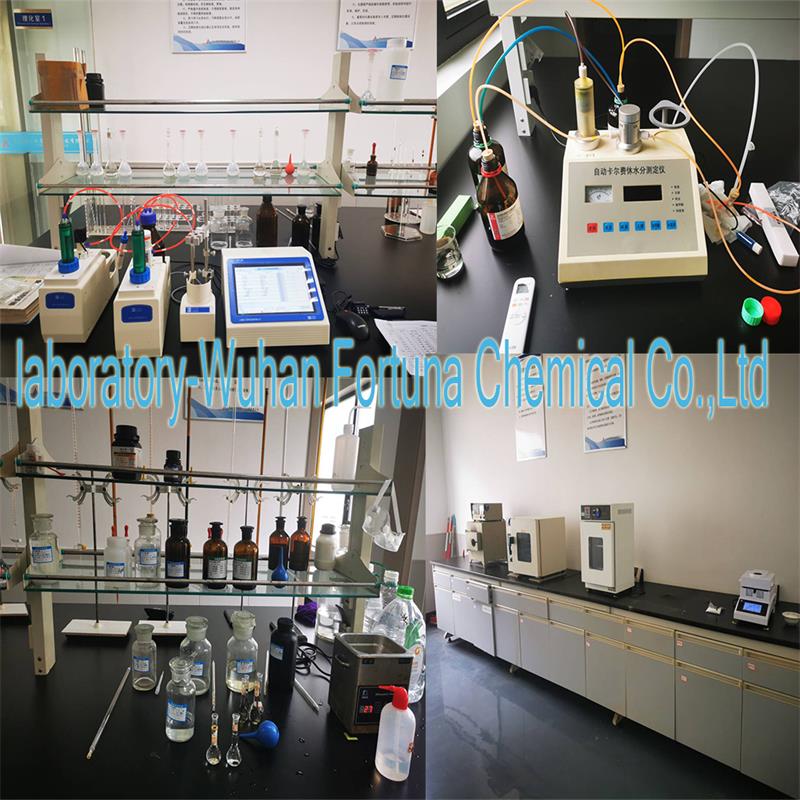
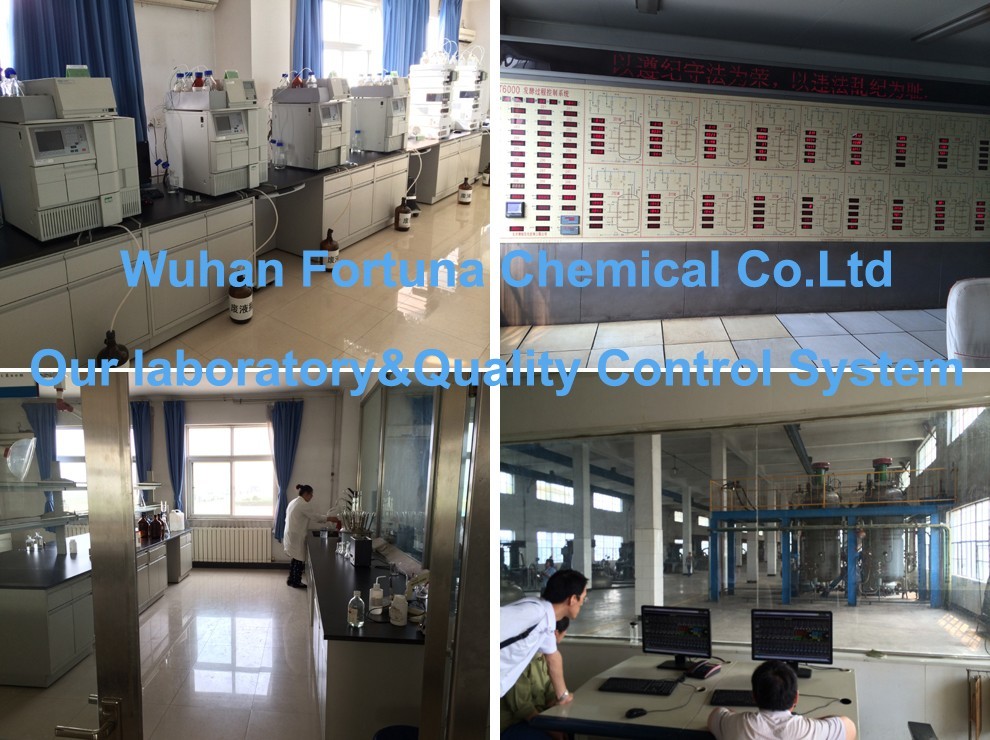
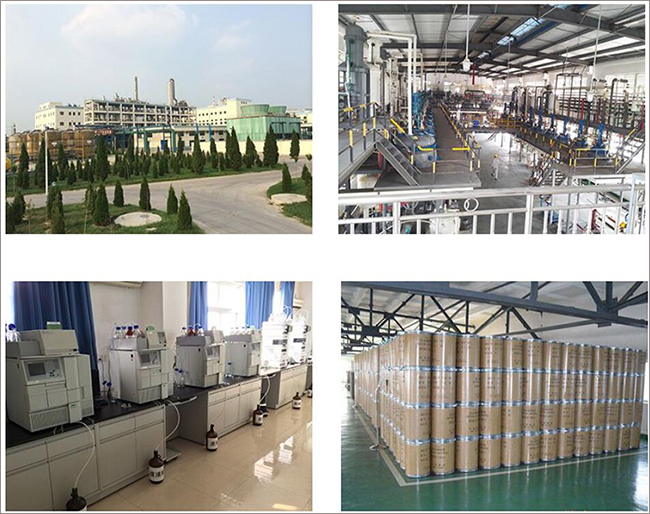

Fortunachem Provides Not Only Professional Chemical Products But Also Professional Help
Keeping you up-to-date with all the latest information, news, and events about Fortunachem!

Quick Links
Add:
E-mail:
 English
English  Español
Español  français
français  العربية
العربية 
